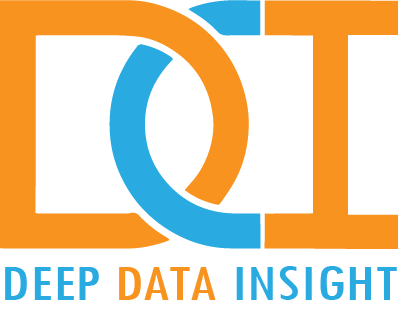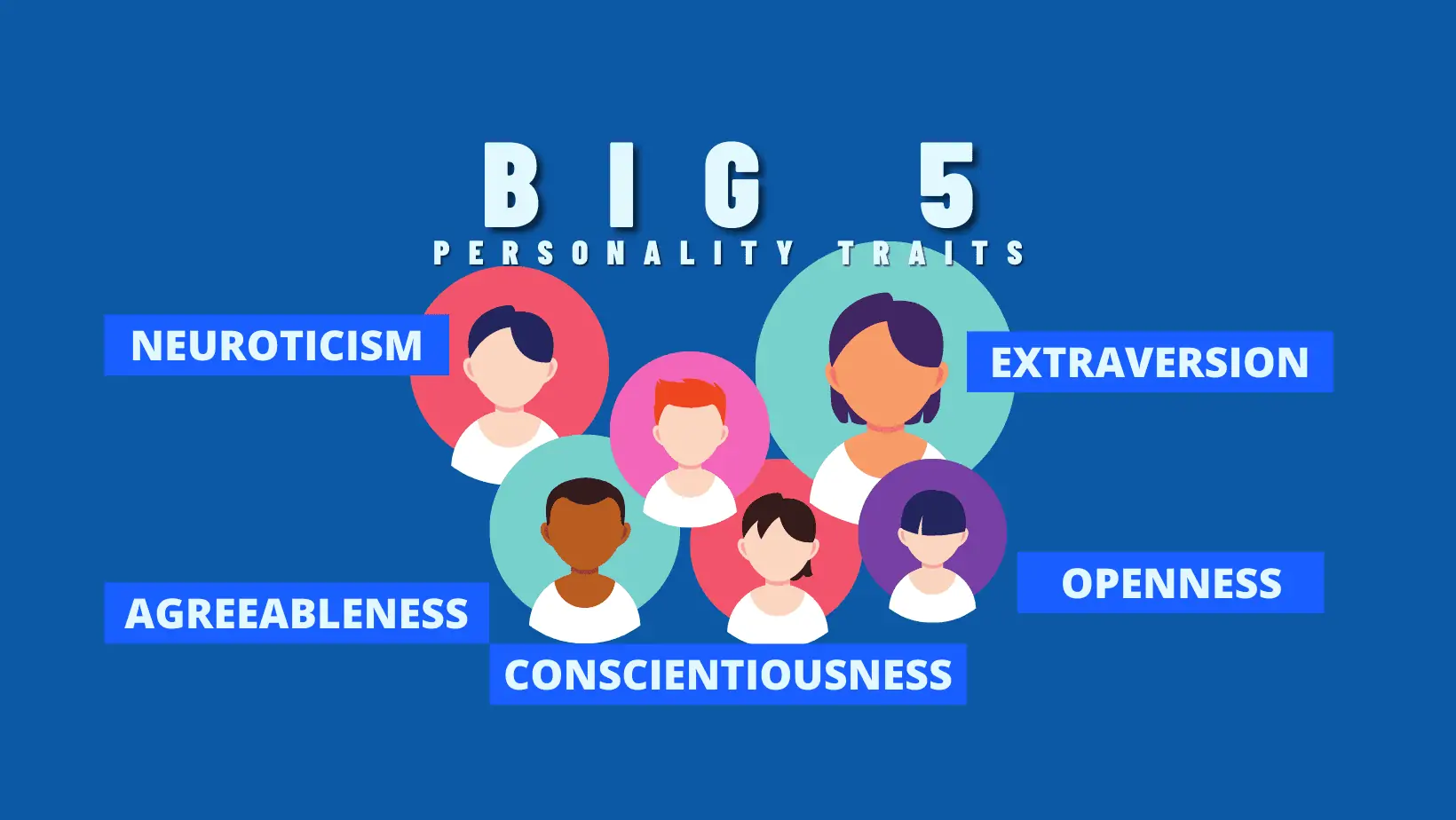Whilst there are many psychological theories associated with personality, one of the most enduring is known as ‘The Big 5’. First developed by D.W. Fiske in 1949, and expanded upon many times since, The Big 5 is as relevant now as it was 70 years ago.
In this article, we take a deep dive into the Big 5, and see how it is being brought bang up to date by 21st Century Tech.
Why ‘The Big 5’?
There have always been attempts to categorize our personalities into neat bundles to help us understand more about the human psyche and our behavior. It is, of course, impossible to get everyone to agree on the number and definition of these categories. This is one reason why The Big 5 has stood the test of time: Its simplicity is its strength. It provides a starting point from which further incremental work can be done.
What are The Big 5 Personality Traits?
- Openness
As the name implies, the trait of openness is used to describe how malleable a person is…or conversely how set in their ways they are. We would all probably agree that having an ‘open mind’ is perceived to be more valuable than a closed mind. Yes, there may be instances where having a closed mind brings a level of focus that is required in specific incidences, but this could rule out elements of empathy, learning, improvement and progression. Openness requires levels of communication and creativity. It includes traits such as imagination and insight. It is a critical element of being able to change and apply continuous improvement.
- Conscientiousness
This trait describes how thoughtful an individual is. Are they likely to make rash decisions and take risks…or more likely to give consideration to a situation and act less impulsively? A conscientious person will gravitate towards order, process and planning. They will work well in situations that require calm heads; they will be deemed to be reliable by their peers. Conscientious people will tend to plan ahead and will have high levels of empathy. A rounded and successful team will need a good level of conscientious individuals to ensure that structure, rigor and planning are applied.
- Extraversion
We can all put names to the extroverts that we know. They are talkative, energetic, opinionated and thrive in group dynamics. They will have good communication skills and will be confident. Extraverts are normally found in public-facing roles, such as entertainment, sales, politics and in the C-Suite of large organizations. These roles all require a degree of interaction and connection with other people – a core element of being an extrovert. Of course, extraversion is not in principle ‘better’ than its opposite – ‘introversion’. A lot depends on the existing make up of the team, and the sector within which it is operating. If your team is made up of researchers, software developers or deep thinkers, then the trait of extroversion may not fit.
- Agreeableness
This word may not feel instinctively familiar, so it benefits from definition. Whereas extraversion would indicate a tendency to develop relationships with others, agreeableness describes how someone will tend to behave in a relationship. Words that we would use to describe an agreeable person would include ‘empathy’, for example. An agreeable person is likely to be a listener, someone who is altruistic and has a tendency for trust and forgiveness. Agreeableness tends to be a good trait for leaders to have, since agreeable people are able to be cooperative and diplomatic, rather than reactive.
- Neuroticism
Being ‘neurotic’ is a phrase that is commonly used thoughtlessly; as a result its true definition is somewhat more nuanced. Neuroticism refers to how someone perceives an event, and therefore how able they are to manage a nervous reaction to an event. Someone with a high level of neuroticism would tend to lose perspective, blame themselves and expect the worst. These are all also traits of someone who is highly anxious. Conversely, someone with a low level of neuroticism would be calm, and have a rational response. They would see opportunities rather than threats, and be resilient…or at least comfortable with their vulnerabilities. Top Tip: A good mnemonic for the Big 5 is ‘O.C.E.A.N.’ with each letter spelling out the first letter of the Big 5 traits.
Subdividing The Big 5
Since the Big 5 theory can be dated back to the 1940s, it’s no surprise that it has been modified and nuanced over time. This has led to a set of six sub-categories under each of The Big 5 that enable a deeper dive into someone’s personality. They each contribute to their ‘main’ category, and are as follows:
- Openness
Adventurousness
Artistic interests
Authority Challenging
Emotionality
Imagination
Intellect
- Conscientiousness
Achievement Driven
Cautiousness
Dutifulness
Orderliness
Self-Discipline
Self Efficacy
- Extraversion
Activeness
Assertiveness
Cheerfulness
Excitement Seeking
Gregariousness
Outgoing
- Agreeableness
Altruism
Cooperation
Modesty
Sympathy
Trust
Uncompromising
- Neuroticism
Composure
Self-control
Contentment
Self-confidence
Calmness
Self-assuredness
Applications for The Big 5
The Big 5 is most commonly used in a situation that requires a successful team to be built and made to thrive. This could be in sports, business or the public sector. Attention to how members in a team register in The Big 5 has been proven to be a way of ensuring harmony and outcome achievement in teams. Consequently, The Big 5 forms a core part of an organization’s recruitment, team management and staff retention processes. Here are four ways that The Big 5 can help to draw general conclusions:
- Work
As far as job performance goes, conscientiousness is the most reliable of the Big 5 to predict high work performance.
- Health
This is where the score attributed to neuroticism is linked to physical and mental health. Scientists agree that humans are largely physiological people; a high degree of neuroticism could lead to issues with depression, schizophrenia, diabetes and heart disease.
- Education
Highly conscientious people are usually predicted to garner better high school and university grades; low agreeableness tallies with delinquency.
- Relationships
Men are from Mars…Women are from Venus. Maybe so, maybe not. Either way, a good combination leads to a happy relationship. Data suggests that when scores are aligned for agreeableness, stability and openness, then a relationship should blossom.
The Big 5 and Big Data
The Big 5 is having a resurgence and a lot of which is down to the application of machine learning and artificial intelligence. Categorization makes the practice of gathering massive amounts of data much easier. And, the more consistent the categories, the easier it gets. Machine Learning loves categories, and loves massive amounts of data. It means that comparisons across statistically significant quantities of data are easier to make; it also means that judgements that are taken on this data are more reliable.
What is PERC3PT, and how does it link to The Big 5?
PERC3PT from Deep Data Insight is the world’s most technologically advanced psychometric tool set. It is used across sectors to facilitate management information insights, staff retention and development, and the recruitment process. What makes PERC3PT different is its ability to use social media to inform reporting and risk analysis.
PERC3PT:
…Gathers social media data and content from an individual to make valuable predictions
…Uses AI to integrate & analyze data from individual’s digital footprint and predict likely performance
…Tests a candidate’s less visible cognitive traits, including processing speed, fluid reasoning and long-term retrieval
…Aggregates all this data into report format
The reports produced through this process include the Big 5 with the 30 sub categories mentioned above.
For more information about PERC3PT, get in touch https://www.deepdatainsight.com/contact/
For all the latest posts on PERC3PT from Deep Data Insight click here https://www.linkedin.com/products/deep-data-insight-perc3pt/

